Due to the GDPR guidlelines, the names of the respective students and supervisors are not listed here, only the titles of the respective theses (along with links to them in the Charles University Digital Repository, where you can find all relevant information). The theses are categorized according to the supervisor's institution and, within each institution, are sorted alphabetically. The majority of theses are written in Czech but all have at least an English abstract. Information on the current and past supervisory activities of individual internal members of the Department of Genetics and Microbiology can be found on the websites of the respective Laboratories.
Department of Genetics and Microbiology, Faculty of Science, Charles University
- ERK1/2 MAP kinase - structure and interaction partners
- Extracellular matrix in yeast populations
- Intracellular life of pathogenic bacterium Francisella tularensis in the host
- Nuclear envelope interactions
- Pleiotropic effects of transcriptional protein Opi1 in Saccharomyces cerevisiae
- Protein diversity in human stress granules
- Retargeting of viral particles for directed cargo delivery into cells
- Simulation of the interaction of steroid allosteric modulators of NMDA receptors with membrane
- The application of viral nanoparticles in biomedicine
- The role of Interferon regulatory factors in virus infections
- Vesicular trafficking from acidic compartments to the endoplasmic reticulum
- Yeast retrograde signaling pathway between mitochondria and the nucleus
Institute of Microbiology of the Czech Academy of Sciences
- Bordetella pertussis and whooping cough: Bacterium and its virulence factors, epidemiology of disease and vaccination strategy
- Regulation of bacterial transcription by alternative sigma factors
- Regulation of transcription in mycobacteria
Institute of Molecular Genetics of the Czech Academy of Sciences
- Endogenous retroviral elements and their functions in the human genome
- Genome editing using programmable endonucleases
- Intestinal cancer and mouse models of the disease
- Transgenic technologies based on transposons





















